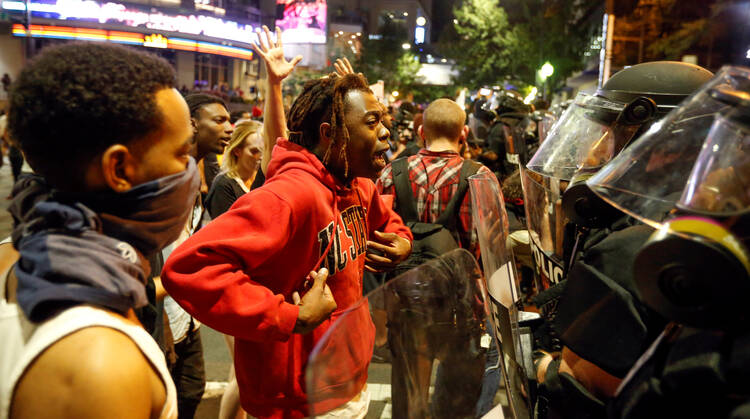Outrage over the deaths of Terence Crutcher in Tulsa, Okla., and Keith Lamont Scott in Charlotte, N.C., had barely begun to subside when yet another police shooting, of Alfred Olango in El Cajon, Calif., again generated national headlines. A familiar divide re-emerged in reactions to the video captures of these fatal encounters. Many saw a justified use of lethal force that was provoked by the victim’s actions; others saw a clear and deadly racial bias at work. Repeated incidents like these suggest the inadequacy of the “bad apple” explanation for police misuse of force and the strong possibility that a systemic problem exists in training and the use of force protocols.
The men and women in police uniforms are required to make split-second, life-and-death judgments, acting as agents of peacekeeping on behalf of everyone. It is a weighty responsibility, which most exercise with care. But are they being unfairly burdened in making such decisions because of the type and depth of training they are receiving? According to a CNN report, earning a police badge in some states requires only a fraction of the number of training hours demanded by other professions. In one comparison, cosmetologists and barbers were required to train twice to three times as long as police officers.
In the U.S. military, rules of engagement are clearly defined and reinforced. And when a persistent failure indicates a systemic breakdown, a general “stand down” may be ordered to allow service members to re-evaluate or rewrite training manuals and standard procedures. This may be a process worth adopting among the nation’s 18,000 police departments as they work to prevent these deadly confrontations.








